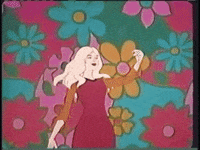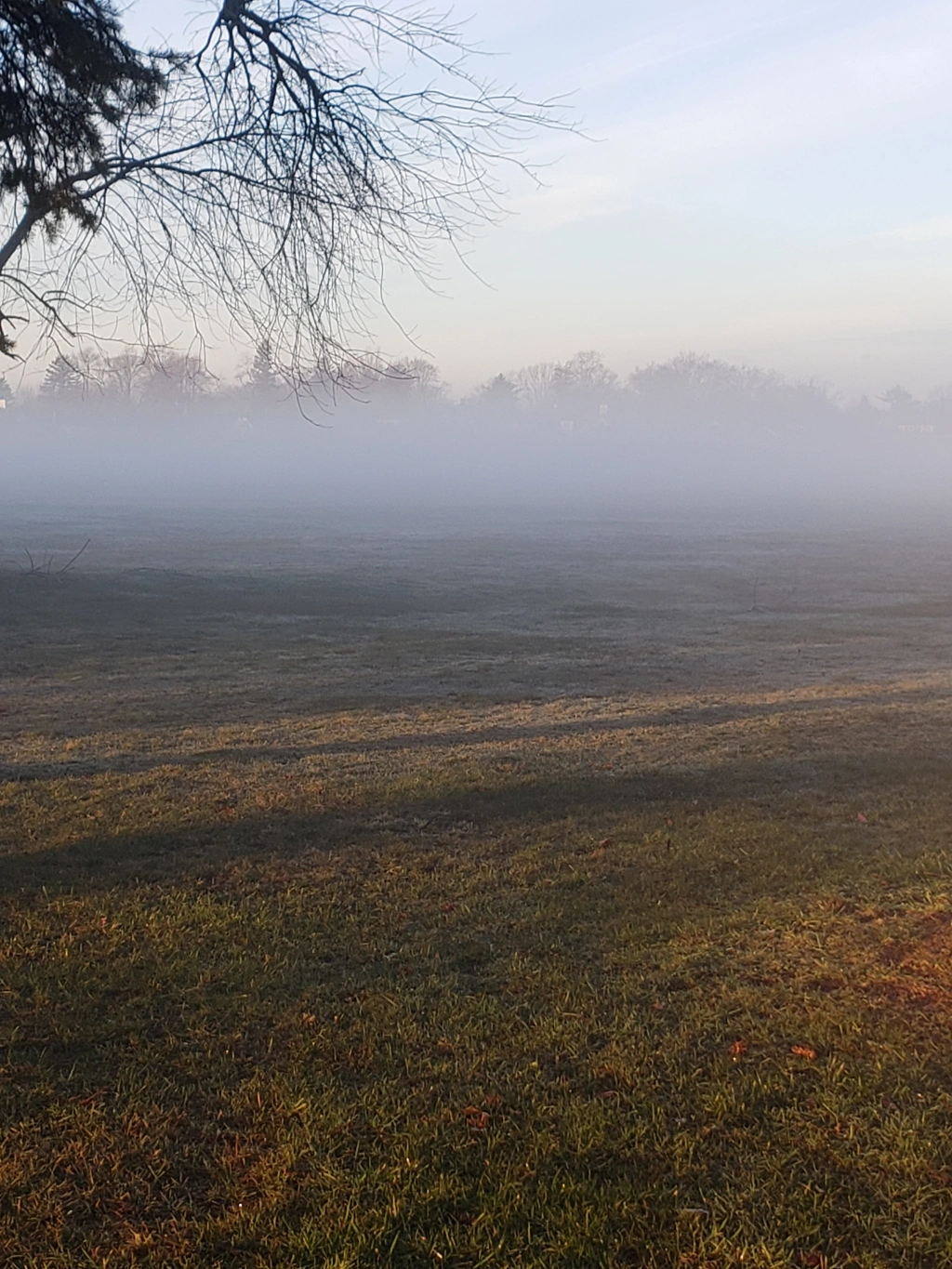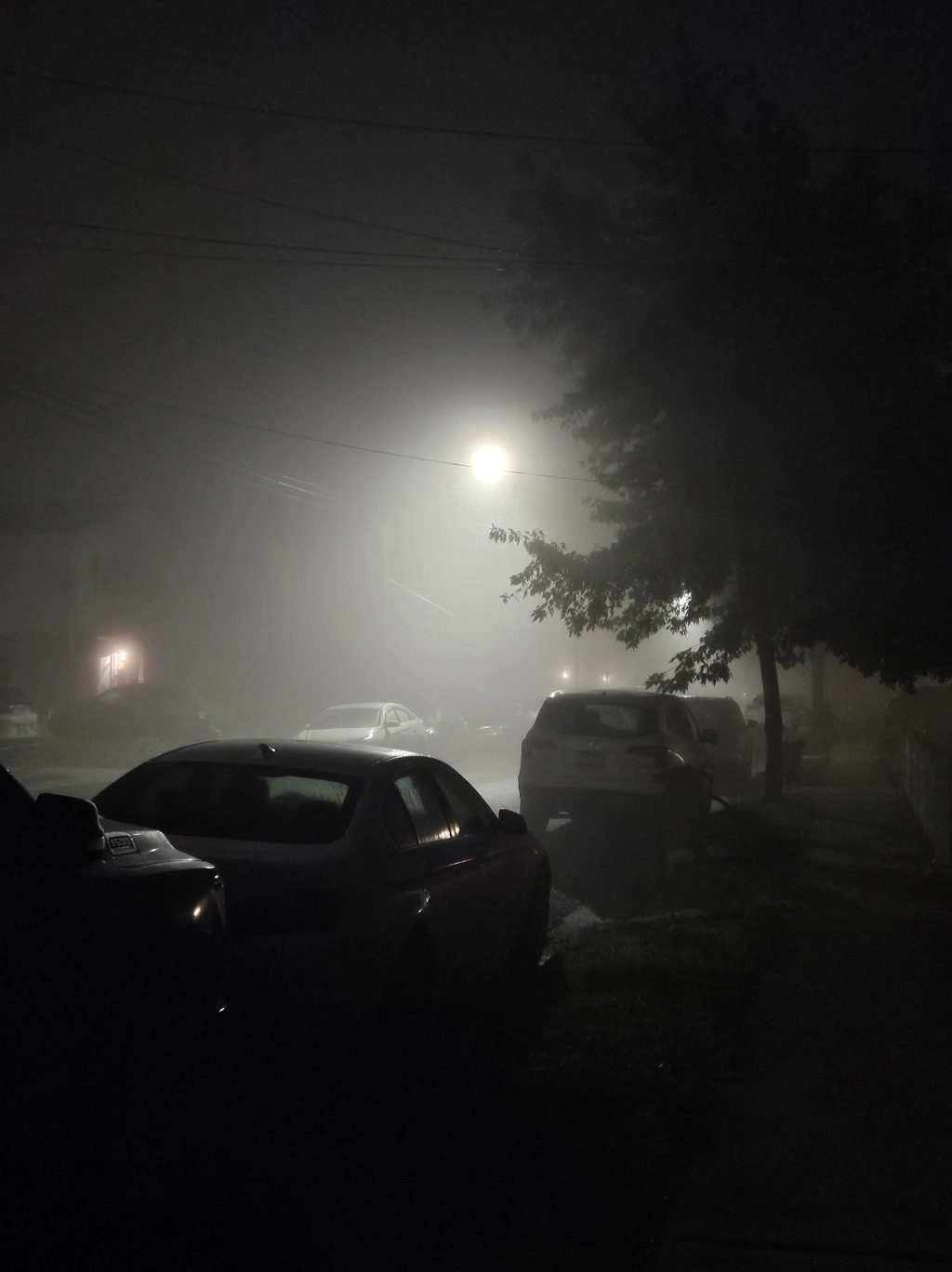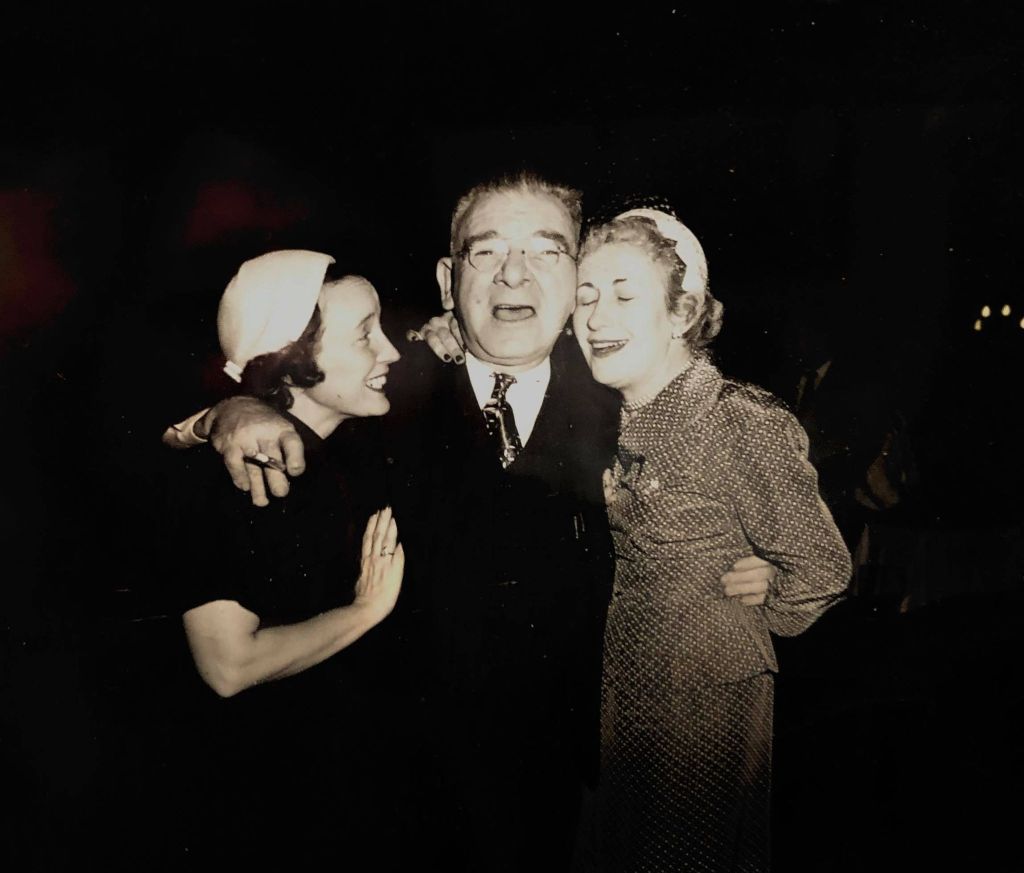Some of the best inspiration for creating art comes from other pieces of art. When an artist creates a work and sends it out into the world, it’s up to the viewer to interpret it, to make meaning out of it. Often that meaning is wildly different than what the artist originally intended. In this sense, viewing art is a collaboration or creative exchange between artist and viewer.
This exhibition, a collaboration with the Albany Public Library’s Pine Hills Branch in 2015, takes that idea one step further, introducing creative writing prompts as a way for viewers to interact with and respond to the art. Each artist was selected because his or her work hints at narratives, but leaves much for the imagination. Writers from around the region provided writing prompts for each piece of art, and four writers were asked to answer their own prompts. Their responses are displayed alongside the artwork and provide a window into the rich, complicated ways in which we both search for and find meaning in art. A juried contest and celebratory reading was held at the Pine Hills Branch.
The art and prompts follow.

Prompt #1
by Daniel Nester
Lost and Found: Using your writing or others’, search for 10 sentences that have the word “lost” in them. Then do the same with the word “found.” Collect them together into a new piece of writing.

Prompt #2
by Gregory Pardlo
Write a poem in which you describe a silent interaction with a stranger. Describe that person in as much detail as possible using a specific, but unnamed, animal as a theme. Address the stranger in the poem at least once, and offer the stranger something meaningful to remember you by.

Writing Prompt #3
by Susan Brennan
Write a poem divided into four stanzas, representing the four directions (North, South, East, West). Inhabit the voice of Leichia, the missing young woman, in two of the stanzas. In a third, inhabit the voice of the Owl hunting at night. In the fourth, choose another voice. Also: mention the color red in various shades in one of the stanzas.

Writing Prompt #4
by Sarah Sherman
Tomorrow you will disappear. Write a letter to your friends/family telling them what you want to be remembered for. Be as specific as possible and include details that touch on all of our senses. End the piece by telling them at least one thing you want them to forget.

Writing Prompt #5
by M.E. Griffith
Write about something you believed wholeheartedly when you were younger that you are now no longer sure about. What were you certain would be true about your future, or what did you think could never happen to you that, ultimately, did? Try starting with, “When I was young, I was sure I would never…” or “Growing up, I always thought I would someday_____, but now I’m not so sure.” Then, offer some potential explanations for this discrepancy.

Writing Prompt #6
by Frances Cortez O’Connor
Suit Yourself: Both of these figures are wearing suits that define how you perceive them. Write about the act of suiting up, (un)suitable behavior, or a name or texture that suits you best.
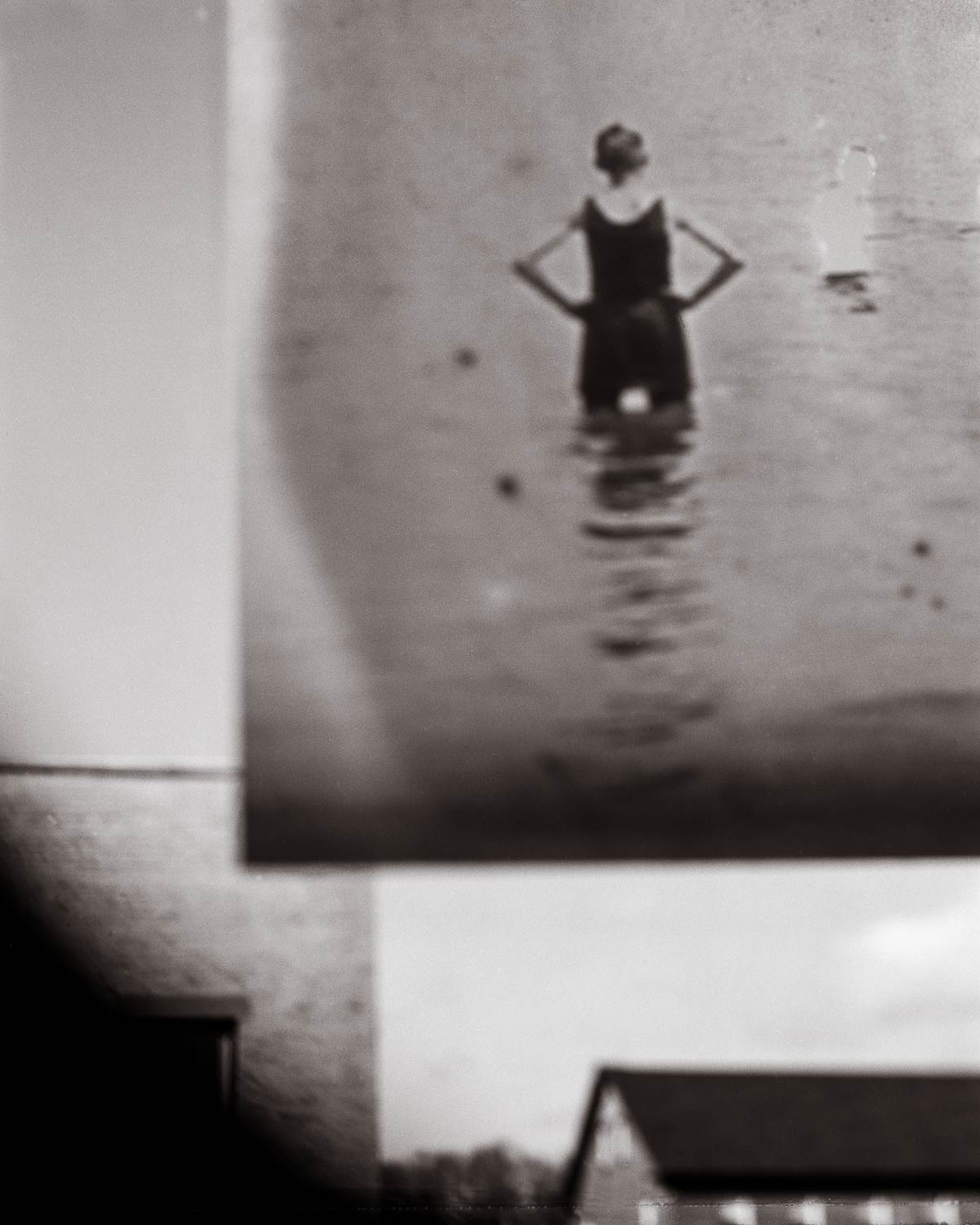
Writing Prompt #7
by Barbara Ungar
Who is the missing shape? What does she have to say? What is her relation to the man in the photo? Where are they?

Writing Prompt #9
by Tobias Seamon
Say Good Night to the Bad Guy: write a story featuring a protagonist who, for whatever personal motives, chooses to make not only an unpopular decision, but one that also contains an aspect of evil or immorality which will harm loved ones.
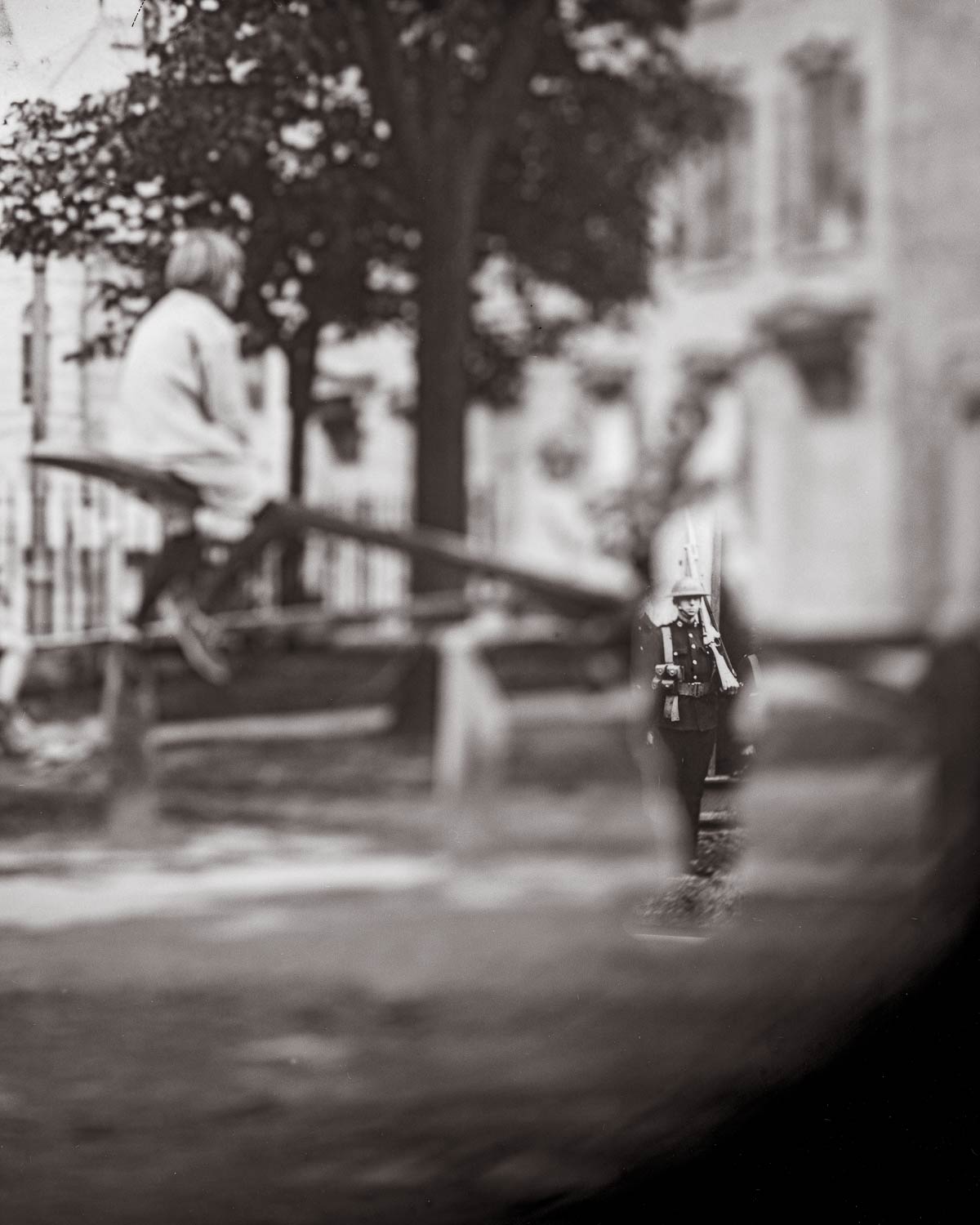
Writing Prompt #10
by Thom Francis
Write about the battle to find balance between the innocence of childhood and the harsh realities of adulthood–blissfully ignorant versus blistered and aware.

Writing Prompt #11
by Kevin Peterson
Write about a young boy whose carefree attitude toward his new job has dire consequences for his coworkers.

Writing Prompt #12
by Trisha A. Farco
William Shakespeare would have us believe that “parting is such sweet sorrow.” But is it really? Write about a time when the best thing you could have done is walk away, but didn’t.

Writing Prompt #13
by Hollis Seamon
Stare at the image. Find a poem that refers to a bird. Steal a line, phrase or image from the poem. Build a flash fiction from the image and bits of poetry. Create plot, characters, action, dialogue–in miniature. Make your readers feel something. Credit the poet whose words ignited your story.

Writing Prompt #14
by Elisa Albert
Assumptions: It’s not so easy to grow things. Try it and see. Any lapse in attention or patience, any inconsistency (of mood, timing, energy, intention) and all is for naught! Nurturance is tricky, but destruction is simple. What have you grown? What have you tried to grow that failed? Who grew you?

Writing Prompt #15
by James Belflower
Choose three photos. Cut each in half. Randomly select three of the six pieces. Lay them out from left to right with space between.Write a poem describing each photo half. The first photo half is the beginning of your poem, the second half is the middle, and the third is the end.

Writing Prompt #16
by Shira Dentz
Write a poem in which you indirectly tell a narrative through one setting that is viewed from two vantage points in time. Interweave the two vantage points within the poem; don’t separate them into separate stanzas.

Writing Prompt #17
by Sparrow
Write about all the elevators you have ever distrusted.

Writing Prompt #18
by Margo Mensing
You are the one who does not belong to this apparent clan. Mention this in your poem but concentrate on the chickens. They belong to you. They are likely to cause you trouble. This is not a dream.

Writing Prompt #19
by Rone Shavers
Tell the story of the viewer(s) of this image. Explain his/her/their connections to the figures pictured, and why it matters so greatly that it causes the figures in the image to pose as they do.

Writing Prompt #20
by Jennifer Austin
Dance to your own beat. Write about a time when you took a huge risk and failed. Then, describe what you wish would’ve happened. Be specific, outlandish, and imagistic about the fantasy. End the piece with an examination of why the fantasy isn’t as satisfying as reality.

Writing Prompt #21
by Alan Casline
Parataxis is a poetic technique defined as the act of placing words and sentences side by side, without transitions. Using the placements of objects in Rein’s Radio Home as your guide, write a poem that uses parataxis.

Writing Prompt #22
by Jackie Craven
It’s your birthday! Your life sits before you, round as a clock. Is it chocolate or vanilla? Or, have the years been multilayered and studded with nuts? In a poem or story, give us a slice of your life. Cut through the icing; describe the flavors. Go ahead—lick the knife.

Writing Prompt #23
by Jacqueline Kirkpatrick
You have just been abandoned.
You were not prepared for this.
You felt everything was going all right.
Write a letter to yourself from a younger age explaining why this happened and how to process it all.

Writing Prompt #24
by Alifair Skebe
Notice the glow on one man’s cheeks and nose, the woman overshadowed by toasting glasses, the dog in the foreground. For what do they celebrate? What does the man with spectacles see within the viewer’s gaze? Write a story or poem using the “toast,” glasses, walls, fabric, and/or dog(s) as metaphor to convey distress in relationship(s).
Artists’ Statements
Darcie Abbatiello
I am currently working on a series of drawings, which incorporate an element of collage, dealing with female missing persons. The missing person is the subject in my drawings and they are always paired with a collaged animal. I am drawn to the idea of paying tribute to these lost humans from decades past, to acknowledge that they existed on this earth. I am also perhaps drawing myself, or all of us, as we have all felt “missing” or “lost” throughout the journey of life. The animals exist in my drawings as witnesses to whatever may have happened, as animals are witnesses to many events throughout all of our lives, but remain voiceless. They also serve the purpose of providing comfort to us, or an unconditional love and understanding that gets lost on being human.
Rob O’Neil
Photographs have the ability to detach original context from the continuum of time, where even the truest image has biases. The constructed images in this series Uncoupling become abstractions where the subject and its origin are unrecognizable and suggest alternate narratives. Each image represents a decontextualized world where disparate people, places and times co-exist. By layering and re-photographing, the past and present come together in a single image. Relationships between people, objects and places emerge. Some of these relationships are very specific while others are more nebulous and open to interpretation. The original source material used for these photographs are glass plate lantern slides of the 1910’s and 20’s, created for projecting images. Lantern slides were the precursor to 35mm film slides, which has now given way to digitally projected images. The lantern slide images used have the world-view of their time and place of Western or Colonial origin.
Laura Christensen
Vintage photographs serve as my canvas. I do not make copies of them. I paint directly onto each one. Since many old photographs are preserved as family legacies and cultural artifacts, my alterations may seem destructive, or subversive, or poignant. I do it to create new meanings. You might see chickens running past a serious family, butterflies flitting miles through landscapes, or curious cats posing with a toddler (or two). For each painted photograph I build a small wooden cabinet. Some are as simple as a deep frame. Others work as cases or altars. Some have doors that slide left and right. These composite images and objects tell mysterious new stories of memory and history, shifting meanings, poetry, painting, photography, context, and change.
Steve Rein
This group of paintings has a primary root in “found art” snapshots that I find fascinating, due their mystery, charm, strangeness and compelling compositions. In choosing to recreate these images as paintings, I paired each with a panel of reclaimed wood as a canvas. The wood panels have their own personalities; worn, scarred and stained from previous incarnations. In the process of designing and painting these pieces, I remove some details and invent others, working in a spontaneous and intuitive method. My goal is to create work that maintains the original intrigue of the found photo, enhanced by the qualities of the wood, and reanimated by the choices I make.
The Prompt Writers
Elisa Albert is the author of the novel The Book of Dahlia, the short story collection How This Night is Different, and editor of the anthology Freud’s Blind Spot. Her new novel, After Birth, will be published by Houghton Mifflin Harcourt in February 2015. Website: elisaalbert.com
Jennifer Austin’s work has appeared in Nailed and Metroland. Her one-act plays, Bitter Brunch and Exit, have been produced as staged readings at The College of Saint Rose.
James Belflower is author of The Posture of Contour: A Public Primer (Spring Gun Press), Commuter (Instance Press), and Bird Leaves the Cornice, winner of the 2011 Spring Gun Press Chapbook Prize. His poems, essays, and reviews appear in Aufgabe, Fence, New American Writing, and 1913. Website: jamesbelflower.com
Susan Brennan is the author of numinous (Finishing Line Press) and Drunken Oasis (Rattapallax Press). As a screenwriter, her work has premiered at the Tribeca and Venice Film Festivals. She has staged several of her poems with aerialists at Circus Warehouse and the Puppets & Poets Festival. Website: tinycubeofice.com
Alan Casline is editor of Normanskill, a watershed anthology from the Normanskill watershed in New York State, and editor of Rootdrinker, a magazine of watershed poetics, art and nonfiction. He is co-founder and on-going chronicler of The Cloudburst Council, an annual poetics gathering held in the Finger Lakes watershed. Website: rootdrinker.blogspot.ca
Frances Cortez O’Connor excitedly published her first book of poetry in a young writers’ contest in the 8th grade. She has read at Nuyorican Poets Café and published four books for young adults. She is a writing teacher to high school students, or as she calls them, under-undergraduates.
Jackie Craven has published her work in literary journals such as The Asheville Poetry Review, Nimrod International Journal, and Water~Stone Review. She also writes about architecture and is the author of two books on interior design. She received her Doctor of Arts in Writing from UAlbany. Website: jackiecraven.com
Shira Dentz is author of black seeds on a white dish (Shearsman, 2011) and door of thin skins (CavanKerry Press, 2013), and the chapbooks Leaf Weather (Shearsman Books, 2012) and Sisyphusina (Red Glass Books). Her writing has appeared in American Poetry Review, Iowa Review, and New American Writing, and featured on NPR, Poetry Daily, and Verse Daily. Website: ShiraDentz.com
Trisha A. Farco’s chapbook, Man-Eater of Kumaon, was published by Finishing Line Press, and her poem “Vanishing Point” appeared in Gandy Dancer. She received her MA from The College of Saint Rose and is currently a doctoral student at Binghamton University.
Thom Francis, President of Albany Poets, has been organizing poetry/spoken word events such as Nitty Gritty Slam, School of Night, Albany Poets Presents, and the Albany Word Fest for over 13 years. He has been featured at many of the upstate poetry and spoken word events from Saratoga to Woodstock. Website: albanypoets.com
M.E. Griffith is a Long Island native and an alumna of Saint Rose and the M.F.A. program at Sarah Lawrence College. She is the current Nonfiction Editor of The Boiler and a composition instructor at Blinn College in Bryan, Texas (where she never imagined she would live).
Jacqueline Kirkpatrick is currently in the M.F.A. program at The College of Saint Rose in Albany, NY. She has been previously published in The Chronogram, Nailed, Mason’s Road, and South 85. Website: jacquelinekirkpatrick.com
Marilyn McCabe‘s book of poems Perpetual Motion was published as the Hilary Tham Capitol Collection prizewinner by The Word Works in 2012. Her poem “On Hearing the Call to Prayer Over the Marcellus Shale on Easter Morning” won A Room of Her Own Foundation’s Orlando Prize last year and was published in the Los Angeles Review. Website: marilynmccabe.net
Each year Margo Mensing chooses someone who died at her current age, spends the year with her subject. She creates a visual or written response to the individual’s life and work. Currently she pursues Louis Kahn; last year, Gertrude Stein. She is a visual artist and word worker.
Daniel Nester is author of the forthcoming Shader: 99 Notes on Car Washes, Grief, Making Out in Church, and Other Unlearnable Subjects. Nester is Associate Professor of English at The College of Saint Rose. Website: danielnester.com
Gregory Pardlo is the author of Totem, which received the APR/ Honickman Prize in 2007, and Digest (Four Way Books, 2014). His poems have appeared in American Poetry Review, Boston Review, The Nation, Ploughshares, Tin House, and two editions of Best American Poetry. He currently teaches undergraduate writing at Columbia. Website: pardlo.com
Kevin Peterson is a poet from Albany, NY, co-host of the Nitty Gritty Slam, all-around social butterfly, and loves the feeling of a good Q-tipping after a nice hot shower.
Hollis Seamon is the author of a young adult novel, Somebody Up There Hates You (Algonquin 2013); two short story collections, Corporeality (2013)and Body Work (2000); and a mystery novel, Flesh (2005). Seamon is Professor of English at The College of Saint Rose.
Tobias Seamon‘s most recent work is the novella The Fair Grounds. Other work includes the novel The Magician’s Study and the short story collection The Emperor’s Toy Chest. He lives in Albany, New York. Website: tobiasseamon.com
Sarah Sherman’s work has appeared in Nailed, Ploughshares Online, and Decades Review. A staff writer for Albany’s alternative newspaper, Metroland, she’s pursuing her M.F.A. in Creative Writing at The College of Saint Rose and is managing editor of Pine Hills Review.
Alifair Skebe is a visual artist and author of two books of poems: Love Letters/Les Cartes Postales and “water is the blood of the earth.” She teaches writing and poetry in the Educational Opportunities Program at the University at Albany. Website: alifairskebe.blogspot.ca
Sparrow lives with his wife Violet Snow in Phoenicia, New York. Soft Skull Press has published three of his books, most recently America: A Prophecy–The Sparrow Reader. This Poem is forthcoming from Pen & Anvil Press. Twitter: @Sparrow14
Rone Shavers is a writer who publishes in multiple genres. He is Assistant Professor of English at The College of Saint Rose, where he teaches literature and creative writing.
Barbra Ungar’s books include Immortal Medusa, forthcoming from The Word Works in early 2015, Charlotte Brontë, You Ruined My Life, and The Origin of the Milky Way, which won a silver Independent Publishers Award and several other awards. She currently coordinates The College of Saint Rose’s M.F.A. creative writing program.


